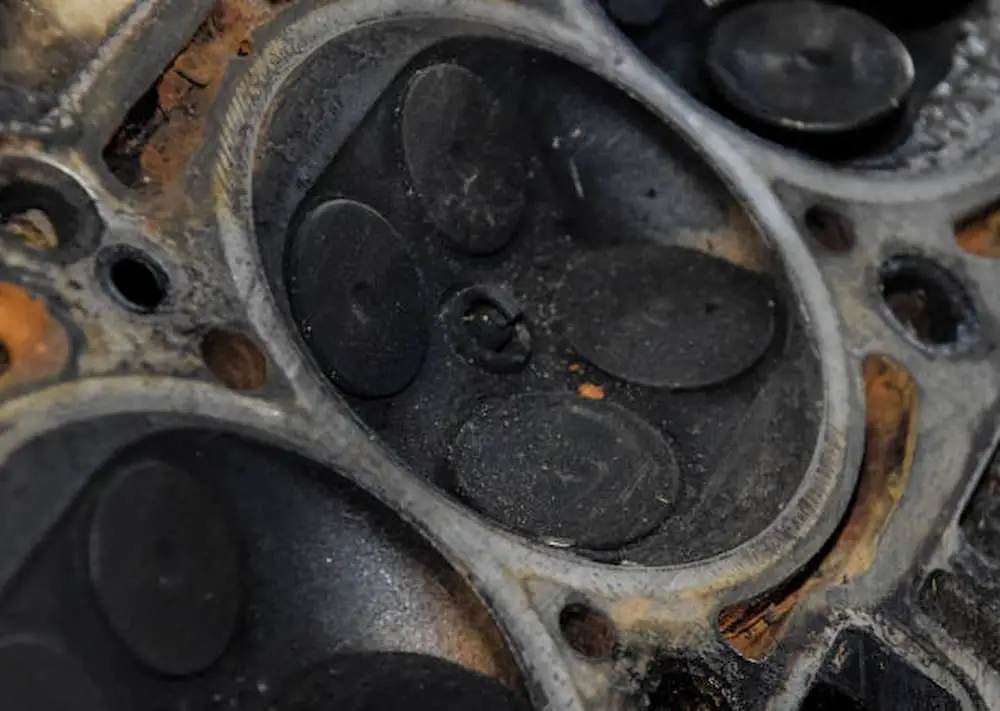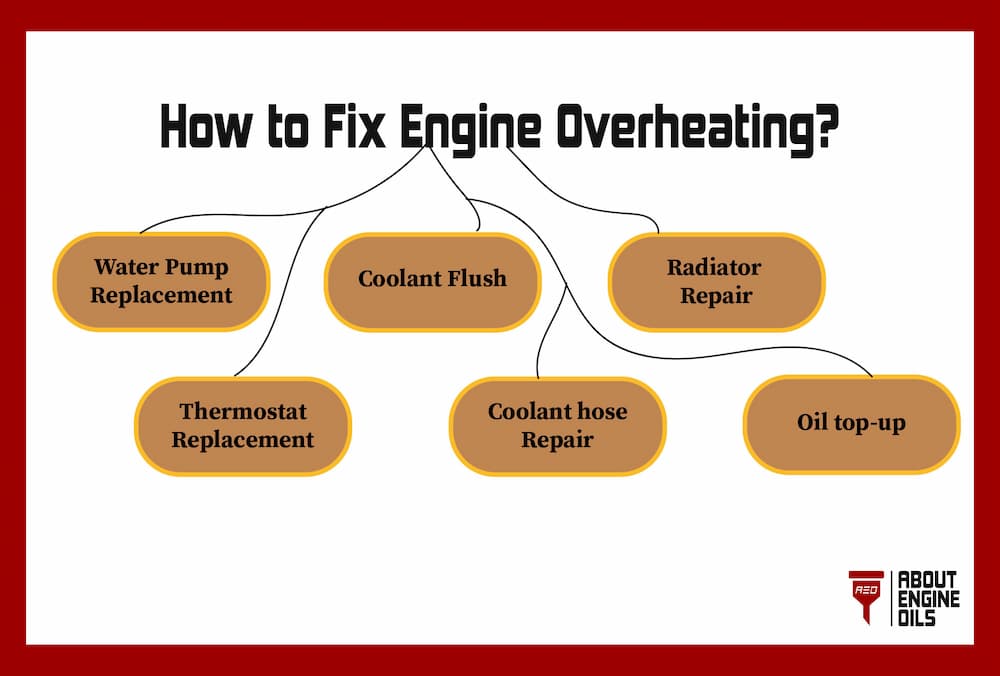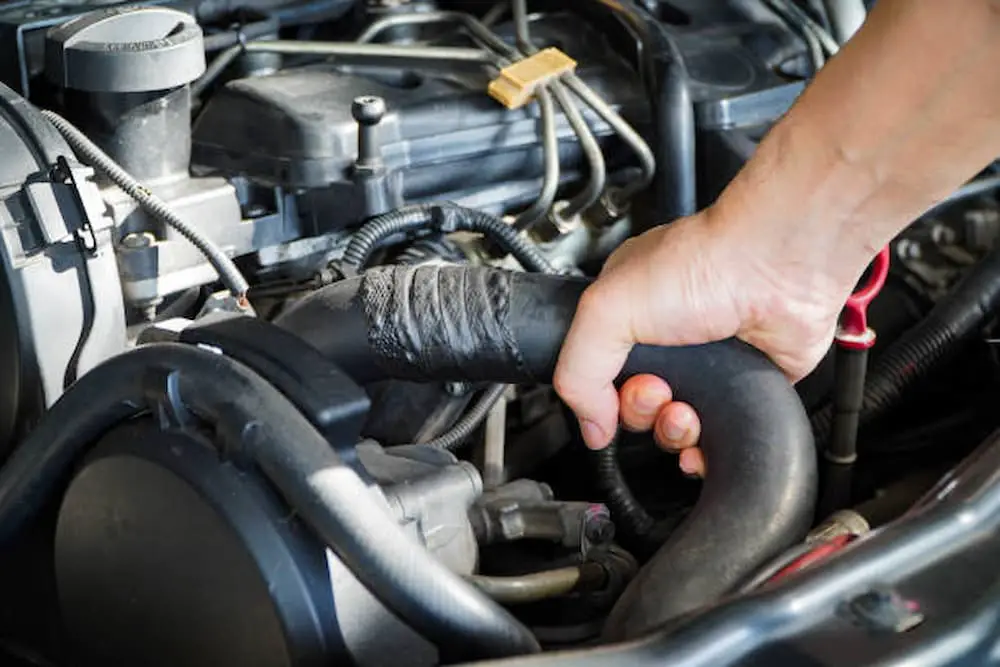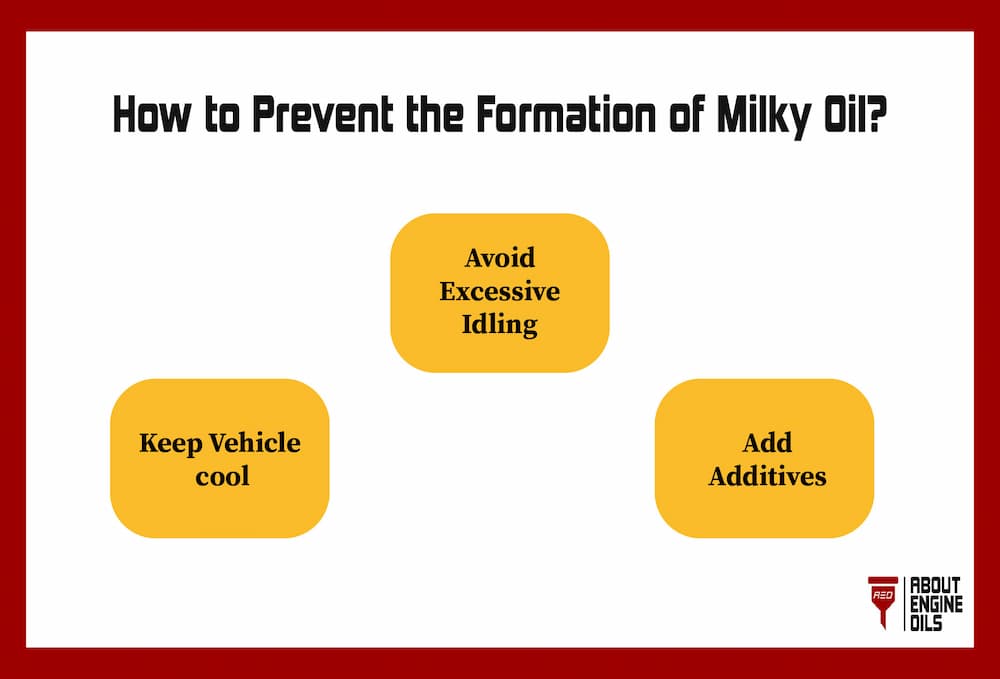Ever wondered about the milky texture of engine oils? It is a reality that can be due to multiple causes with several disadvantages.
In the worst scenarios, your car will have poor performance or a dead engine.
This article lists all the possible causes leading to milky engine oil.
Read on to learn more about flushing milky oil, how to fix milky oil in the engine, and tips to prevent engine oil from getting milky in the first place.
Here’s what we’ll cover:
Why is it Bad if Your Engine Oil Looks Milky?
Coolant mixing with the oil is terrible for the engine’s health.
You might be wondering what will go wrong. Let’s imagine it as a lubricant losing its properties.
The oil will fail to properly lubricate the engine’s internal moving parts.
It locks the engine parts and will grind each other due to excessive friction.
Furthermore, your engine won’t function at a consistent temperature. Hence, coolant is required to prevent the engine’s overheating and failure. It is an effective way of fixing the milky oil in the engine.

What Causes Mixing of Engine Oil and Coolant? How to Fix?
Creamy and brownish color oil is a sign of a mix-up of coolant and engine oil. Thus, changing milky engine oil becomes imminent.
However, you need to fix the root of this problem. There are multiple causes of the mixture of coolant and engine oil.
Learn more about it.
1. Damaged Head Gasket
The coolant will get into engine oil if your vehicle has a damaged head gasket. Oil turns brownish milky, which is noticeable from the coolant reservoir.
The cylinder head and block are two significant components of an engine, which house spark plugs, camshafts, and other features. The block has pistons together with cylinders.
You can see the head gasket between the engine block and the head cylinder. It keeps the oil from mixing with coolant and seals fire pressure. Your car will face severe issues in case of a damaged head gasket that leaks the antifreeze.
It compromises the health of your vehicle. It can cause all sorts of issues, from white coloration to exhaust smoke.

How to Fix Damaged Head Gasket?
There are three methods to fix a damaged head gasket, depending on the severity of the damage.
- Use a head gasket sealer for a quick fix. The sealer has additives and agents that mend the gaskets’ leaks and cracks.
- Check for the bolts and tighten them to prevent leakage.
- You can always purchase a new one, although it is expensive. Therefore, check thoroughly for the issue.
2. Damaged Engine Block
The engine block is a vital component of the engine. It helps in the pistons’ movement and turning of the crankshaft.

Hence, look for problematic engine blocks, which can cause milky engine oil. Engine blocks do not damage easily due to high resilience. Thus, it is the slightest possibility.
How to Fix Damaged Engine Block?
In case of a damaged engine block, you will have to get a new one. It is even better to go for an engine replacement.
You can purchase a new one online or at a scrap yard. So you can rebuild the engine for proper functioning.
3. Engine Overheating
The overheating of the engine may be due to many factors.
- A faulty radiator
- Failed cooling system
- Damaged water pump
Engine overheating can result in the deterioration of your engine’s performance.
It can also damage the engine’s parts, including head gaskets. As explained, this can lead to intermixing engine oil and coolant routes.
How to Fix Engine Overheating?

To prevent overheating, you should check the coolant level. Add more coolant in case of a low-coolant engine.
Moreover, check the thermostat for any faults. You can always have several repairs to prevent heat up of the vehicle
4. Radiator Leak
A leaking radiator can also result in an oil-coolant mixture. A hole in the radiator allows the coolant to escape, which causes the engine oil and coolant to mix.

How to Fix Radiator Leak?
To fix a leaking radiator of your vehicle, you need to get a radiator stop leak. Pour it into the coolant reservoir or the radiator itself. Ignite the engine and keep running it for a couple of minutes till it reaches the operating temperature.
The practical formulation of radiator-stop leaks consists of anti-leak additives. These conditions leak and treat any holes or cracks.
5. Air Cooler Leaks
An oil cooler is a part of all turbocharged engines. It accommodates both the engine oil and coolant. However, you will find them in separate compartments.
Wear and tear causes the formation of cracks which turns engine oil milky.
How to Fix an Oil Cooler Leak?
The oil cooler is a cheap component. If you notice any leaks in the oil cooler, go for a replacement. Otherwise, the damage extends, and repairing becomes quite expensive.
Is it Safe to Drive with Milky Oil?
No!
The oil and the coolant need to remain in their separate compartments. If they mix, you should immediately stop driving and fix the issue.
Otherwise, it can lead to severe issues such as costly engine repair or replacement.
How to Flush Milky Oil Off?
It is quite simple to flush milky oil from the engine.
Let us make the steps even easier for you. This section outlines how you can flush the milky engine oil.
Drain the Engine Oil
Start with draining the old milky engine oil. You can do it by keeping the drain tank under the oil cap. Open the oil cap slowly and take it off entirely upon dripping. Keep draining until the oil sump is empty.
Remove the Oil Filter
Some fluid gets in the oil filter. Therefore, you should always replace the oil filter when flushing the milky engine oil to ensure the complete removal of milky engine oil.
Add Fresh Oil
Close the drain hole. Now pour new engine oil together with diesel in the oil tank. Keep the quantity of mixture and engine oil the same.
Run the Engine
Start the engine after closing the cap tightly. Keep running your engine for around 10 minutes for better results.
Drain the Oil Again
Turn the engine off after 10 minutes. Now, wait a couple of minutes before draining the added mixture. Proceed with changing the filter again.
Add the New Oil
Finally, add the recommended oil for your vehicle to the right level. You can now relax as the milky oil is completely flushed off.

How to Prevent the Formation of Milky Oil?

Here’s how you can prevent the formation of milky oil.
- Keep the vehicle in a cool and dry place: You should keep the oil from moisture to prevent the formation of milky oil. Furthermore, keep your engine cool to prevent overheating. Hence, protect your car from hot weather.
- Avoid excessive idling of your vehicle: Excessive idling leads to overheating of the vehicle. Thus, keep your car running.
- Add additive: It would be best to use additives to condition the leaks, rejuvenate head gaskets, and shrink the seals. You can also use sealants regularly to prevent leaks.
Final Thoughts: How to Fix Milky Oil in Engine- A Comprehensive Guide
Milky oil in the vehicle’s engine can kill your engine. However, it is a common issue.
With multiple causes, you sure don’t want your vehicle’s engine to experience it all, right? Thus, you need to get to the root of the problem.
This article explains to you all about milky oil in an engine. We have covered all the probable causes of which you should be aware.
Lastly, it has all the elaborate steps which can fix this issue.
Explore our blog for more information on engine oils.




I actually have a question if someone is able to help me out?i had just purchased a new 572 stroker bbc crate engine,it had previously overheated as the relay on the electric fans quit working,I had brought it back to the shop and it was brought to my attention that the oil was milky white,now we were also having issues with the tuning on the Holley sniper efi and the mechanic said it was over fueling and causing the gas to mix in with the oil which caused the milky looking oil,so we had changed the oil and it seemed to clean up the problem but my concern is it possible it just hasn’t revealed itself of the real issue maybe a head gasket or cracked head,so my question is it possible that the overfueling caused the oil to turn milky white?thx
Hi Grant,
Thank you so much for the background information. It is really helpful in understanding the problem you’re facing. To answer your question, yes, over-fueling can cause the engine oil to turn milky white. Excess fuel can enter the combustion chamber and mix with the oil when an engine is over-fueled. This can cause the oil to become contaminated with fuel, resulting in a milky appearance.
When fuel mixes with oil, it reduces the oil’s ability to lubricate the engine parts. This can cause serious damage to the engine and reduce its performance. Now, if the cause of your problem was a cracked head or gasket, you would have faced symptoms such as loss of power, visible oil leaks under the reservoir, white exhaust fumes, and overheating.
If you’re not facing either of these problems after avoiding over-fueling, then I’d say there are no issues. Thank you so much for asking such a technical question. I hope my answer was of some help.